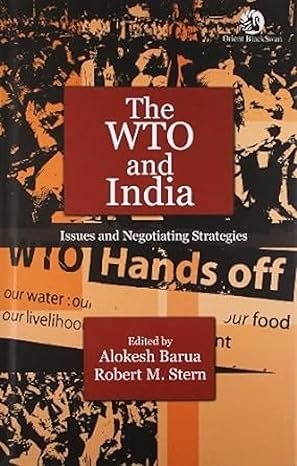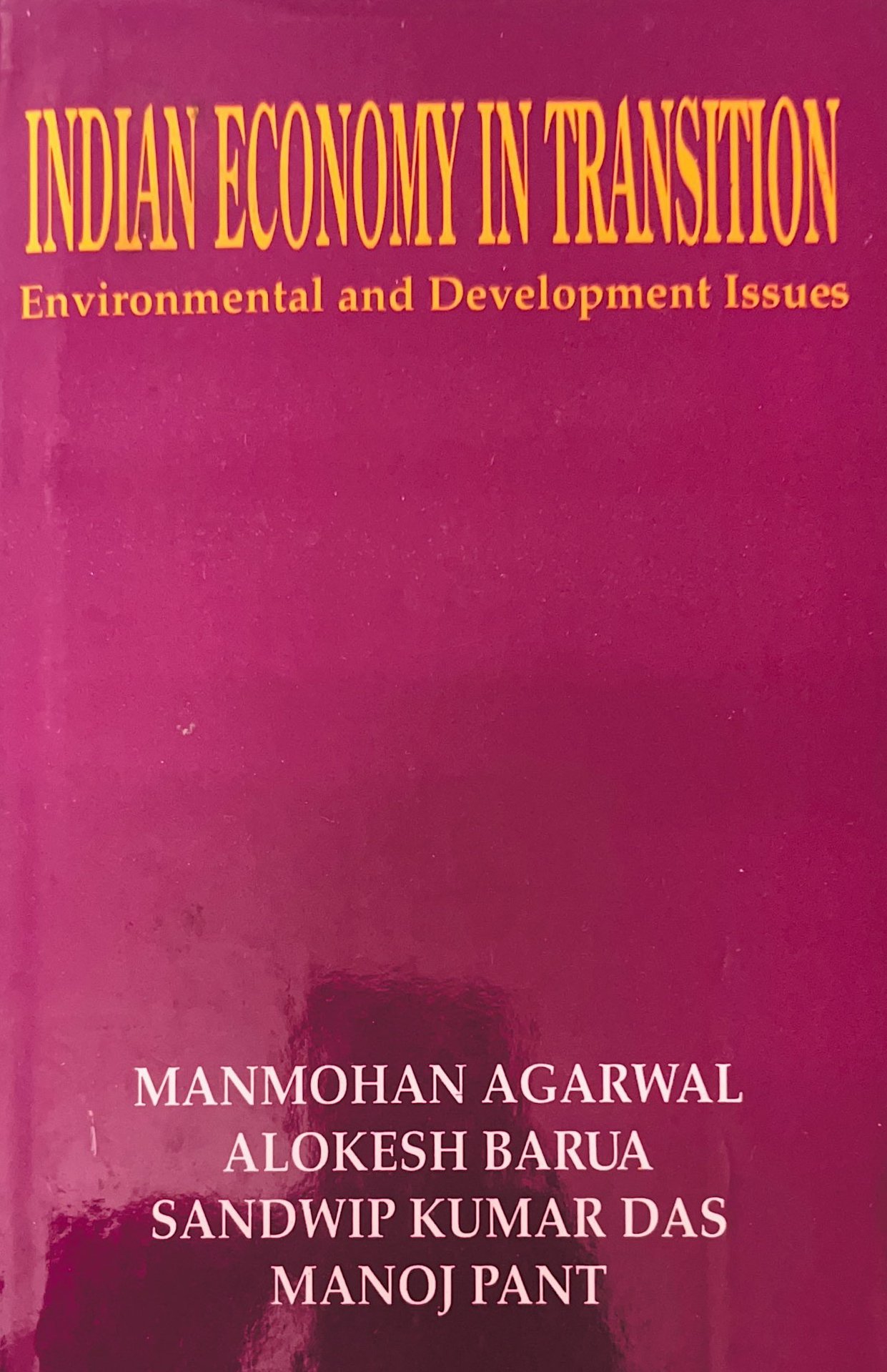Analyzes the impact of WTO-induced reforms on the Indian economy.
Explores India’s strategic approach for future WTO negotiations.
Examines trade liberalization benefits for developed and developing countries.
Assesses India’s negotiating strategies and sectoral interests.
Evaluates the distribution of reform benefits and their impact on inequality and poverty.
Covers key themes like market access, TRIPS, GATS, trade facilitation, and procurement transparency.
Provides a historical overview and economic analysis of India’s role in WTO negotiations.

Examines India’s 1991 economic transition to a market-friendly regime that spurred rapid growth.
Highlights resulting structural shifts causing social, political, economic, and ecological tensions.
Stresses the need for new institutions based on community participation to resolve emerging issues.
Identifies rising regional inequalities and urban unemployment as key policy concerns.
Advocates adopting an open international economic policy for effective market integration.
Urges Indian economic diplomacy to shift from a negative stance to one that actively advances national interests.
Warns that capital account convertibility has made India vulnerable to foreign speculators.
